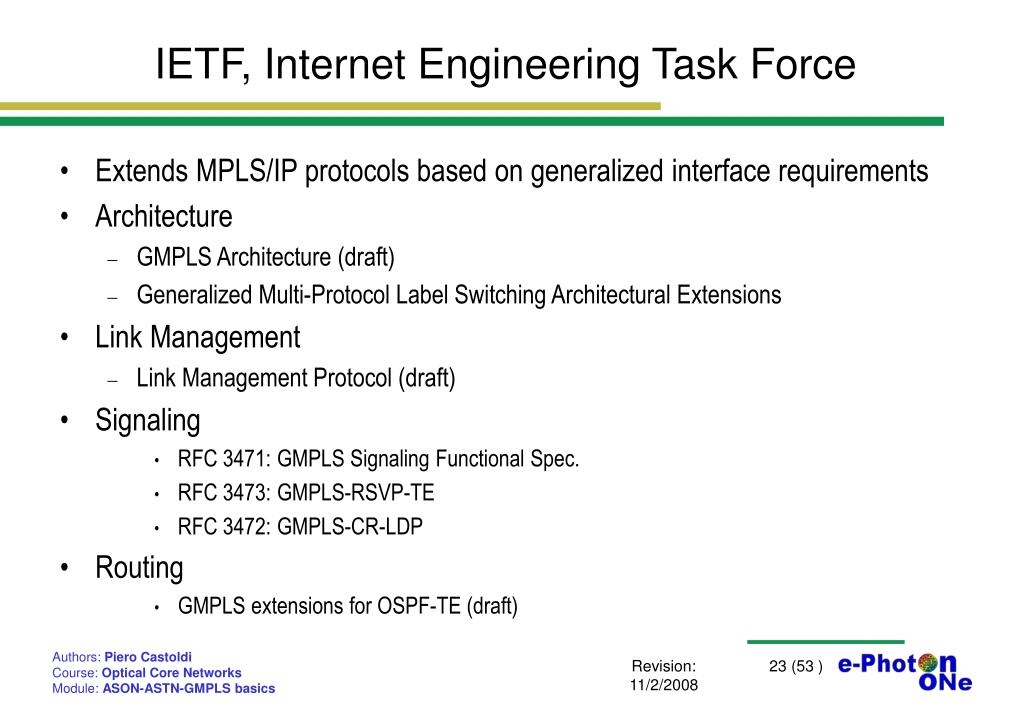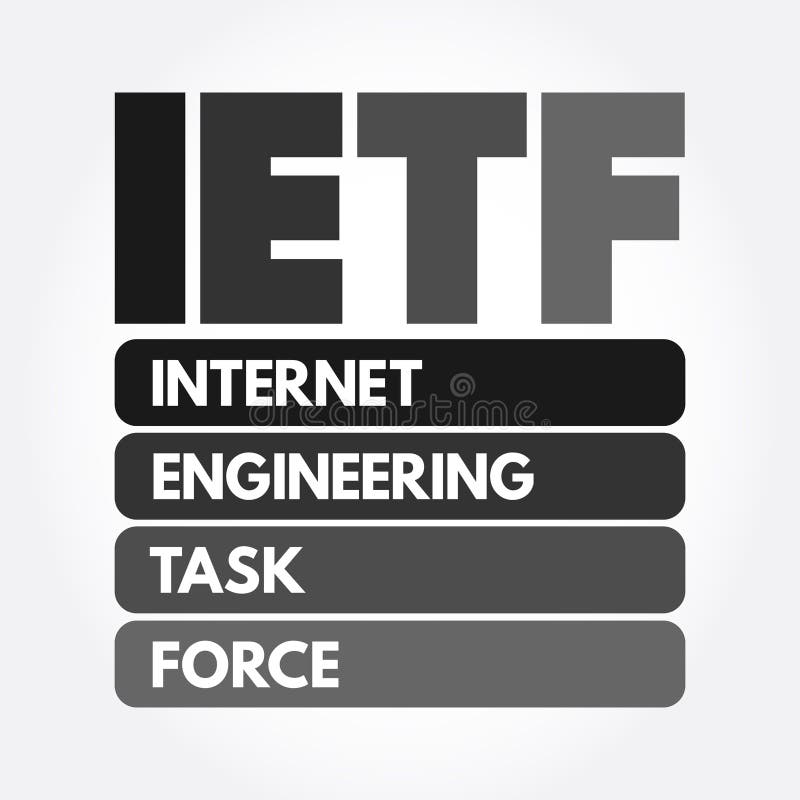
Post-Quantum’s own Hybrid PQ VPN uses the new IETF standard and is already in use by NATO to secure its communications from quantum attack, supporting interoperable communications between NATO members.ĬJ Tjhai, CTO, Post-Quantum and original author of the new IETF standard said: “I’d like to thank all the technologists that collaborated with us on this IETF standard. The new IETF standard was proposed and designed by Post-Quantum, a British cyber security company that’s built a portfolio of market-ready quantum-safe cyber security products. This new IETF standard is the glue that allows parties using different public key encryption algorithms to talk with one another. This is a particularly important milestone for internet connectivity and security as we are transitioning from an era where the world relied upon just one or two algorithms (RSA and Elliptic Curve), to a situation where different nation states are deploying a wide variety of different post-quantum algorithms. Combining both old and new encryption is essential to ensure no disruption to the functioning of existing IT systems, and to protect data from attack by both classical and quantum computers. The novel approach prioritises interoperability by making it possible for multiple post-quantum and classical encryption algorithms to be incorporated into VPNs. The new IETF standard specifies how VPNs can exchange communications securely in the quantum age. Deploying a VPN based on new post quantum cryptography is the easiest way to protect data-in-transit from such attacks. The new US Quantum Computing Cybersecurity Preparedness Act states that the HNDL risk presents the highest threat to humankind and stipulates that quantum migration must start now. These attacks see hostile actors steal encrypted data now which can be decrypted once a sufficiently mature quantum computer comes online. ‘Harvest Now Decrypt Later’ (HNDL) attacks currently represent the greatest quantum cybersecurity threat.
#INTERNET ENGINEERING TASK FORCE FULL#
The new protocol has already been used by Banque de France and Deutsche Bundesbank to secure payments messages, paving the way for full adoption by the Bank for International Settlements to secure communications between the world’s central banks.


Their success is measured by the number of protocols and practices developed and put into use by the IETF.LONDON-( BUSINESS WIRE)-The world’s efforts to secure digital communications from the threat posed by quantum computers took a significant leap forward today as a new standard for quantum-safe Virtual Private Networks (VPN) was ratified by the Internet Engineering Task Force (IETF). IETF standards are built on the combined engineering judgment of participants, including individuals from academia and network operators, router vendors, and open-source projects.

Eventually, an RFC becomes a standard and manufacturers (software and hardware) adopt the new standard. Once all feedback has been received, they collate, update, and republish their work. They do this collaboratively by publishing draft Requests For Comments (RFCs) to industry experts seeking feedback and comment on the proposed standard. The IETF works to make the Internet work properly by producing high-quality, relevant technical documents that shape the way people design, use, and manage the Internet.

The IETF (Internet Engineering Task Force) is the organization that defines standard Internet operating protocols such as TCP/ IP. The IETF is a community of network designers, operators, vendors, and researchers concerned with the evolution of the Internet architecture and the smooth operation of the Internet.


 0 kommentar(er)
0 kommentar(er)
